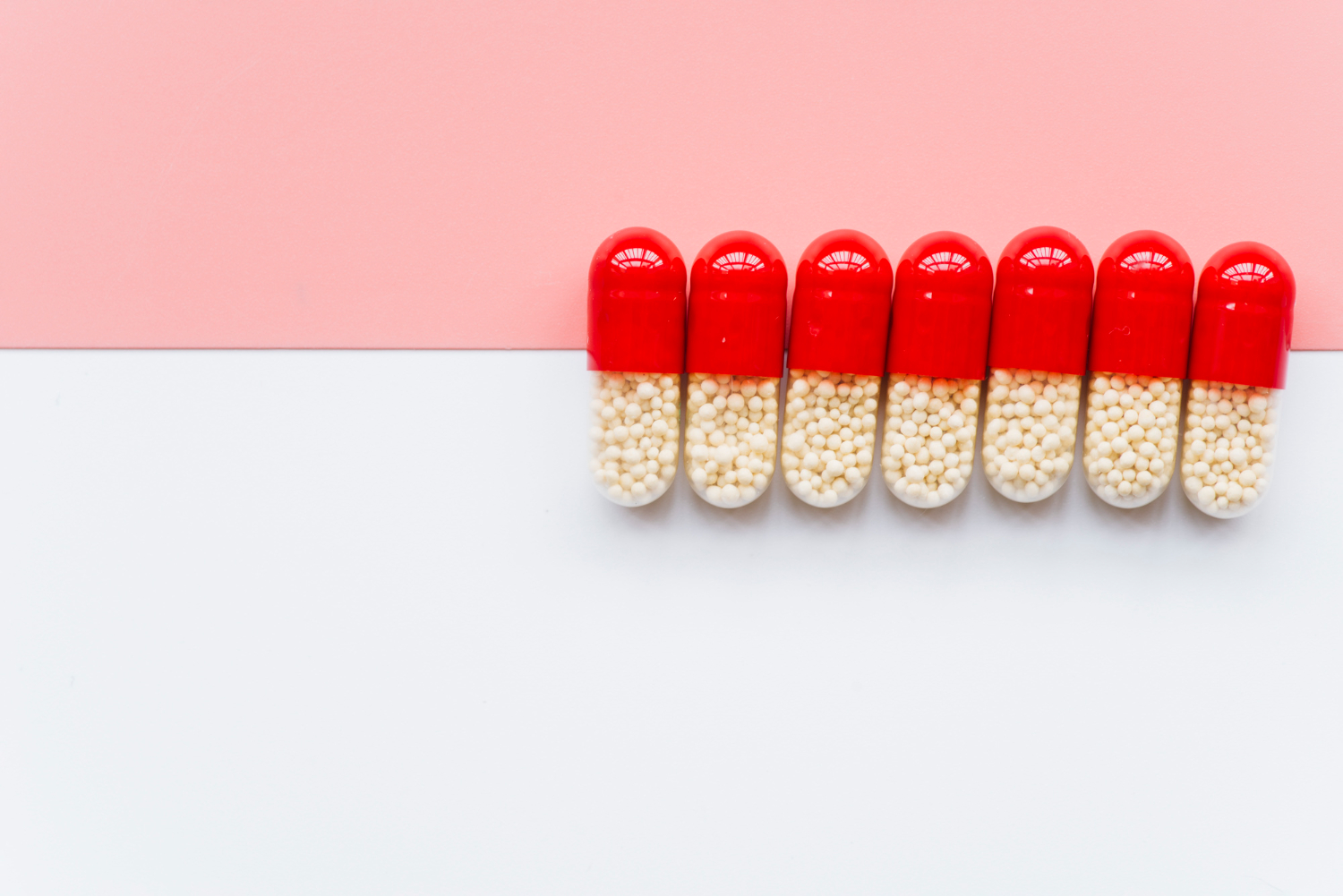
Understanding how long doxycycline remains in your body is important for safe medication use. This antibiotic remains in your system for varying lengths of time, depending on several factors. A Brooklyn recovery center often sees patients who need clear information about medication timing and effects. This guide explains how long doxycycline stays active, what affects its removal from your body, and when you can safely return to normal activities.
Duration in the Body
Doxycycline remains in your body for a prolonged period due to its extended half-life. This antibiotic has a half-life of about 18-22 hours in people with healthy kidneys. After taking it by mouth, the highest levels in your blood happen within 2-3 hours. The long half-life means you can often take doxycycline just once per day. Factors such as your age, liver health, and other medications can affect how long doxycycline stays in your body. Taking doses at regular times helps keep the right amount of medicine in your blood. Following your doctor's dosing schedule is important for the best treatment results.
Factors Affecting Elimination
Several factors can influence how quickly your body removes doxycycline, affecting its duration of action and effectiveness in treating your condition. Your kidney function plays a big role in clearing doxycycline from your body. People with kidney problems may need to adjust their dosage of doxycycline, as it may be removed from the body more slowly, resulting in higher levels that stay in the body longer. Other medicines can also affect how doxycycline breaks down in your body. Drugs that interact with the enzymes that process doxycycline can either lengthen or shorten its half-life. Your age and overall health also matter, as they affect how well your body processes and removes doxycycline. Knowing these factors helps doctors give you the best doxycycline treatment.
Half-Life of Doxycycline
The half-life of doxycycline is a crucial measurement that typically ranges from 16 to 22 hours in individuals with normal kidney function. This means it takes your body this amount of time to remove half of the doxycycline dose. Factors such as age, liver function, and overall health can alter the exact half-life for each person. When kidneys don't work properly, doxycycline's half-life may be longer, leading to slower removal from the system. Understanding doxycycline's half-life is crucial for determining optimal dosing intervals and evaluating treatment effectiveness. When prescribing doxycycline, doctors should consider these factors to ensure optimal treatment outcomes.
Clearance From System
Your body processes doxycycline mainly in the liver and removes it through the kidneys, with about 40-60% of an oral dose cleared within 72 hours. The rate at which doxycycline clears from your system depends on several factors, including kidney function, the dose amount, and individual body differences. In people with normal kidney function, it usually takes around 12-18 days for doxycycline to be completely removed. However, in cases of kidney problems, this clearance time may be longer. Doctors need to check kidney function in patients taking doxycycline for long periods to ensure proper clearance and prevent possible toxicity. Understanding how doxycycline clears from your body helps doctors choose the right doses and reduce the risk of side effects.
Resuming Normal Activities
After completing your doxycycline treatment, it's essential to gradually return to your normal activities to ensure a smooth transition back to your daily routine. Begin with light physical activities, such as short walks or gentle stretching exercises. Watch for signs of fatigue, dizziness, or weakness during this critical period. Drinking enough water and eating a balanced diet play significant roles in helping your body recover. Consult your healthcare provider if you experience persistent side effects that interfere with your ability to return to normal activities. Remember to get enough rest and listen to your body's signals as you gradually increase the amount and duration of daily tasks to ensure a successful return to normal life.
Other Related Articles:




